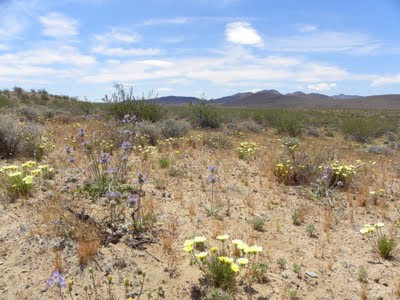Governor of California Underestimates Rooftop Solar in Statement
The Governor of California last week repeated his support for destructive solar facilities on desert wildlands in a statement filed with an inter-agency group tasked with developing a conservation plan for California's treasured deserts. The paper probably represents the Governor's attempt to argue for large solar in the desert at a time when distributed generation (local clean energy, such as rooftop solar) is making strides as a more efficient and sustainable path. Although the document was carefully worded not to ignore distributed generation as part of the solution, on balance it implies that large scale projects in the desert are a necessity because distributed generation cannot be deployed fast enough to meet California's renewable energy demand. The Governor's office subtly distorts the facts in order to exaggerate the need for the controversial destruction of ecologically intact desert lands for large solar facilities. In a single paragraph describing...

